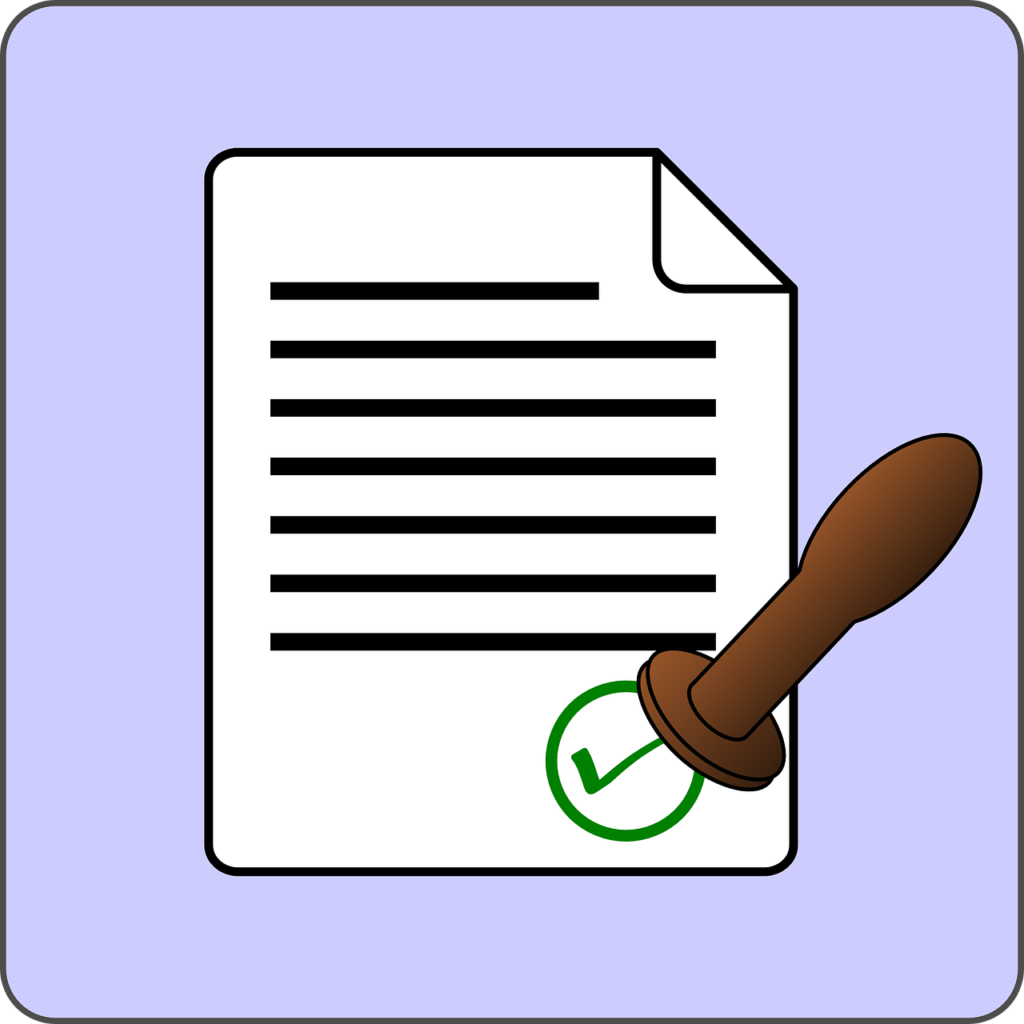Self-attestation is a process that allows individuals to certify the authenticity of their documents without the need for a third-party attester. It is a simple and convenient method of verifying documents, and it is widely used in varous settings such as government agencies, financial institutions, and educational institutions.
Self-attestation involves signing a photocopy of the original document and writing a statement such as “true copy” or “self-attested copy” on it. This signed copy serves as proof of the authenticity of the original document.
Self-attestation is commonly used for a variety of purposes, including applying for government benefits, opening a bank account, and enrolling in educational programs. For example, when applying for government benefits, individuals may be required to provide proof of their income or residency. By self-attesting these documents, individuals can save time and avoid the hassle of finding an authorized attester.
Self-attestation is also useful for individuals who have experienced financial hardship, such as unemployment or a reduction in income. By self-attesting their documents, they can provide proof of their financial situation without incurring additional costs.
In some cases, self-attestation may not be sufficient, and individuals may be required to provide documents that have been attested by a third party. For example, when applying for a visa, individuals may be required to provide documents that have been attested by a notary public or a government official.
Self-attestation is a simple and convenient way to certify the authenticity of documents. It is widely used in various settings and can be particularly useful for individuals who have experienced financial hardship. However, it is important to note that self-attestation may not be sufficient in all cases, and individuals may need to seek the services of a third-party attester.
How Do You Write A Self Attestation?
To write a self-attestation, you need to make a clean copy of the document you want to certify. Then, you should write a statement on the copy that indicates that it is a true copy or self-attested copy. You can use phrases such as “I hereby certify that this document is a true copy” or “I attest that this is a true and accurate copy of the original document.” After writing the statement, place your signature directly under it. It is important to ensure that your signature is clear and legible, and that it matches the signature on your official identification documents. By folloing these steps, you can complete a self-attestation and certify the authenticity of your documents.

What Is A Self Attestation Of Income?
A self-attestation of income is a written statement where an individual declares their income without the need for any supporting documentation. It is usully a part of the eligibility criteria for various programs or schemes that are income-based. In such cases, the individual is required to provide proof of their income, which can be in the form of salary slips, tax returns, or any other relevant financial document. However, in some cases, a self-attestation of income is accepted as a valid proof of income. This means that the individual simply needs to declare their income truthfully, and sign the document to attest to its accuracy. It is important to note that providing false information can result in legal consequences, and therefore, it is crucial to provide an honest and accurate self-attestation of income.
Conclusion
Self-attestation is a simple and convenient way to certify the authenticity of a document. It involves placing your signature on a photocopy of the original document, accompanied by a statement such as “True copy” or “Self-attested copy”. This method is commonly used to prove eligibility for programs based on criteria such as household income or financial impact. By providing a clear and concise statement of verification, self-attestation helps to streamline the document certification process and reduce the need for additional paperwork or verification steps. self-attestation is a usefl tool for individuals and organizations alike, providing an efficient and reliable way to certify the accuracy of important documents.
